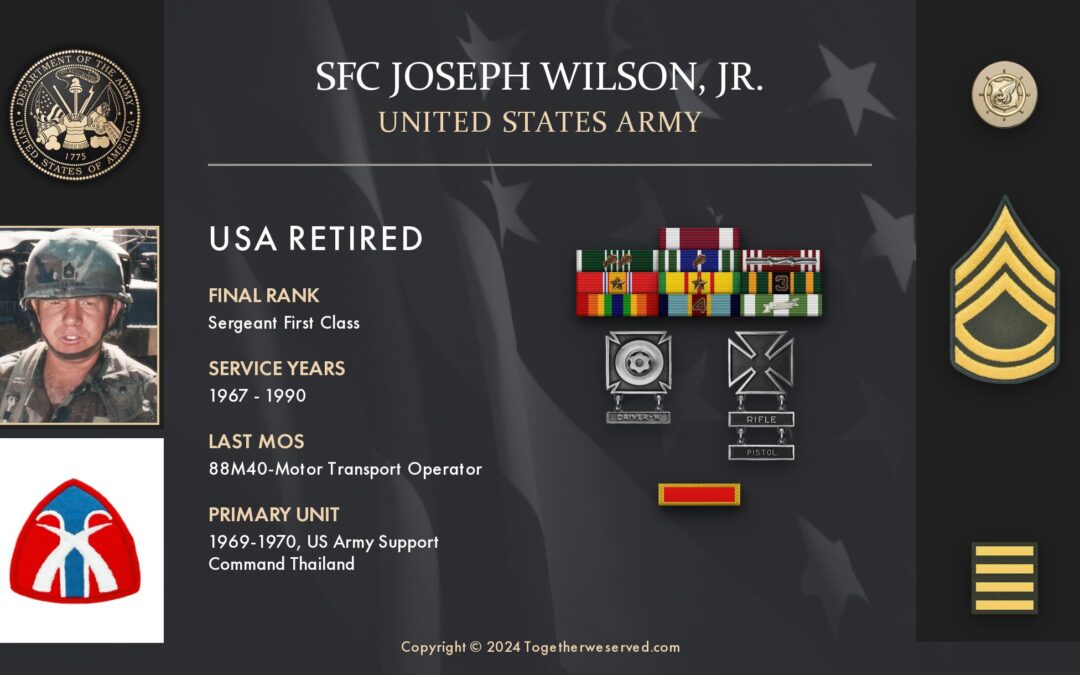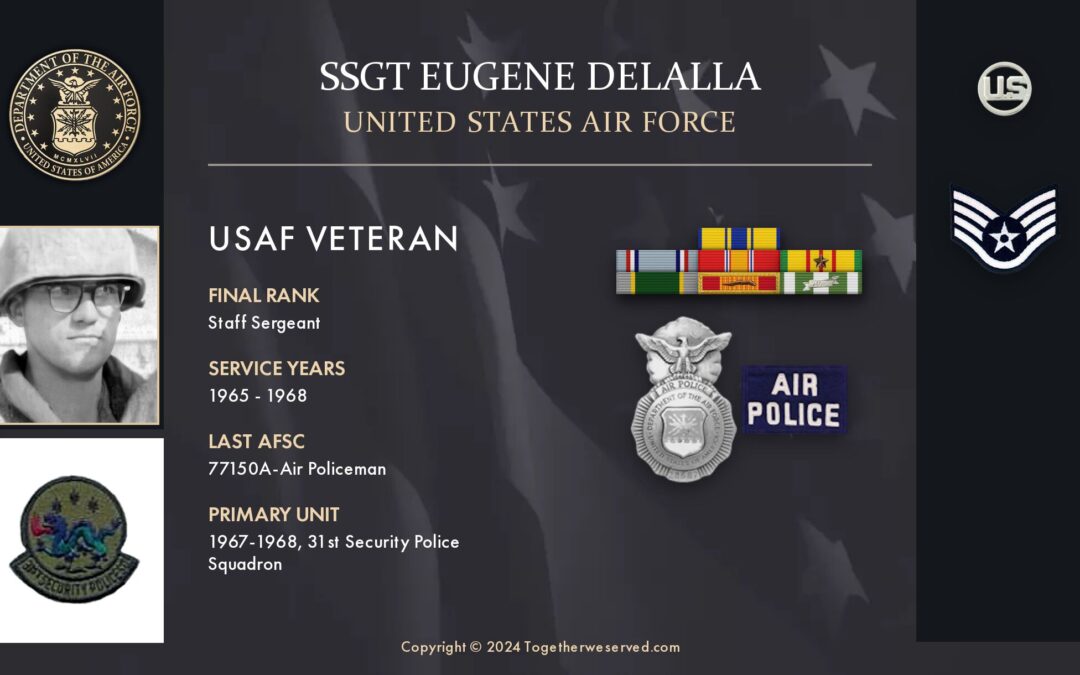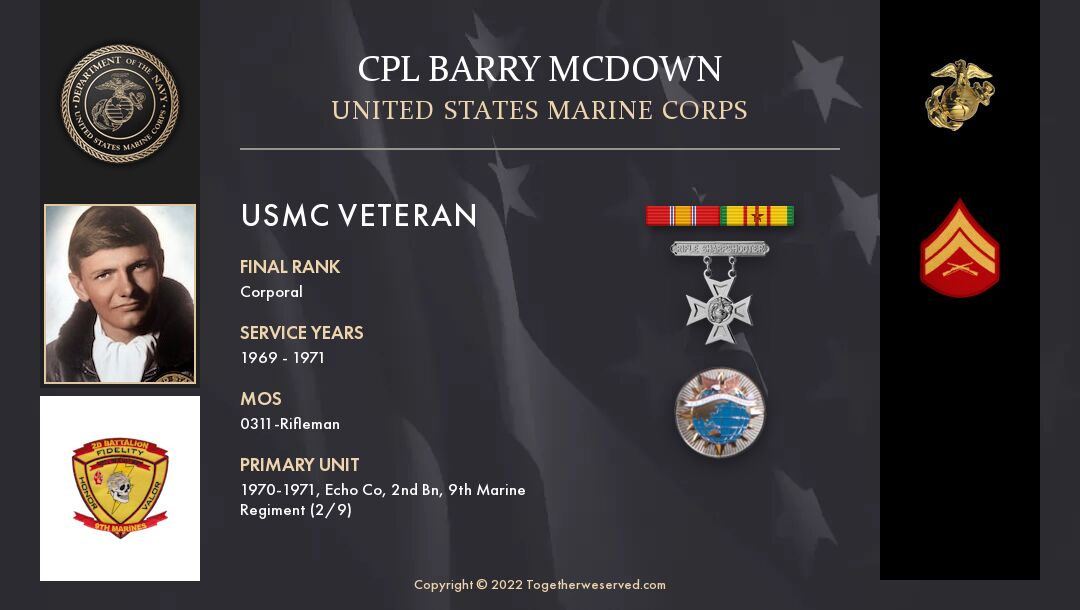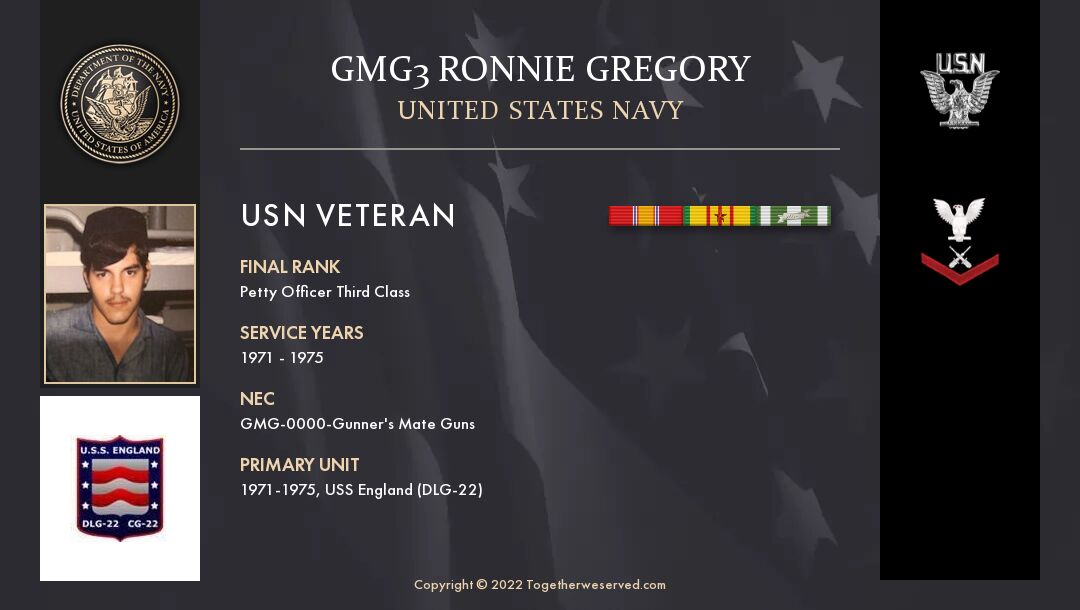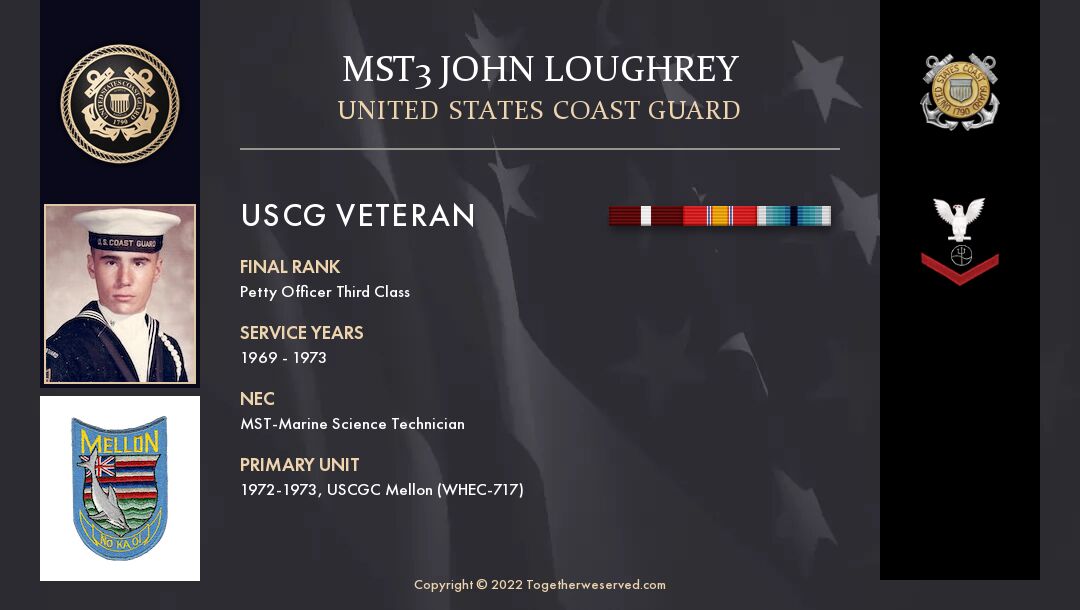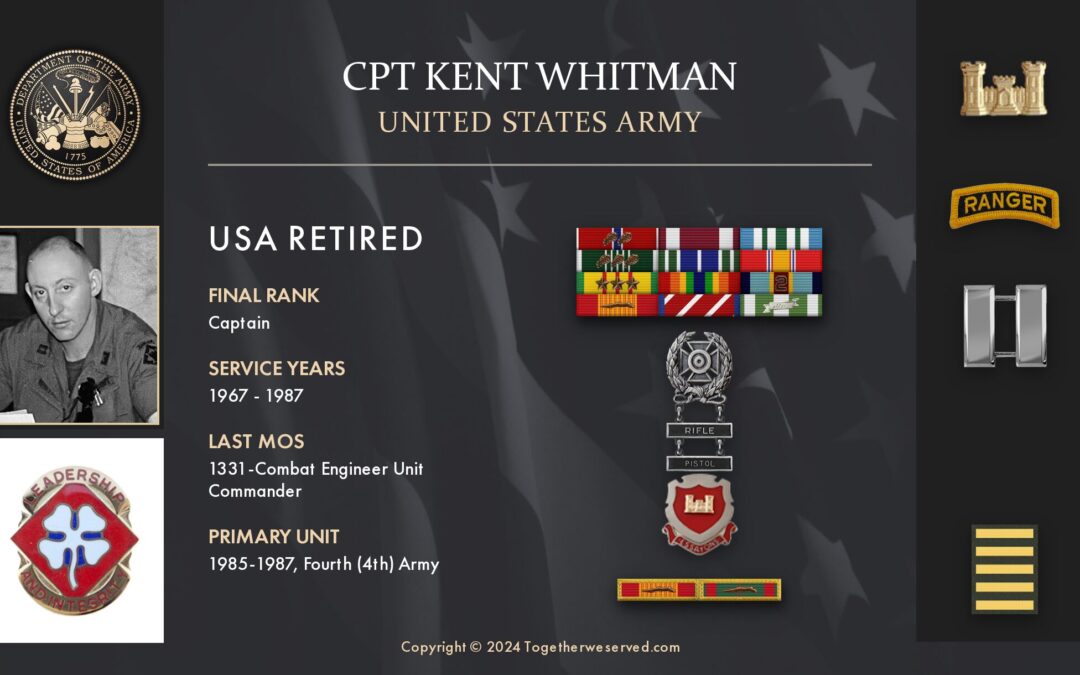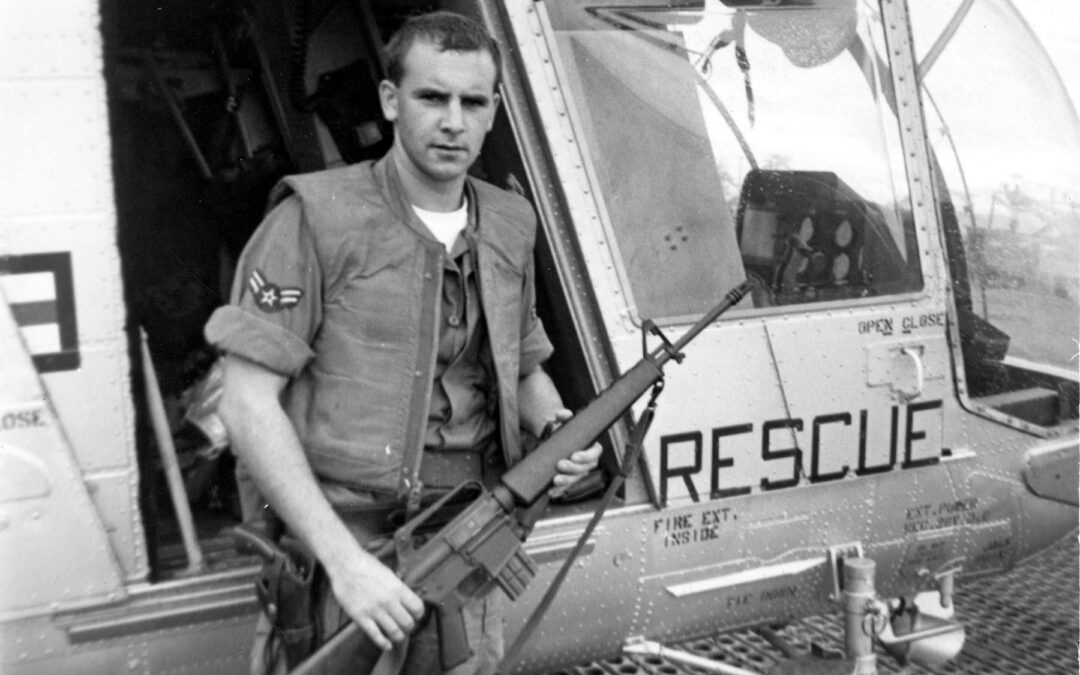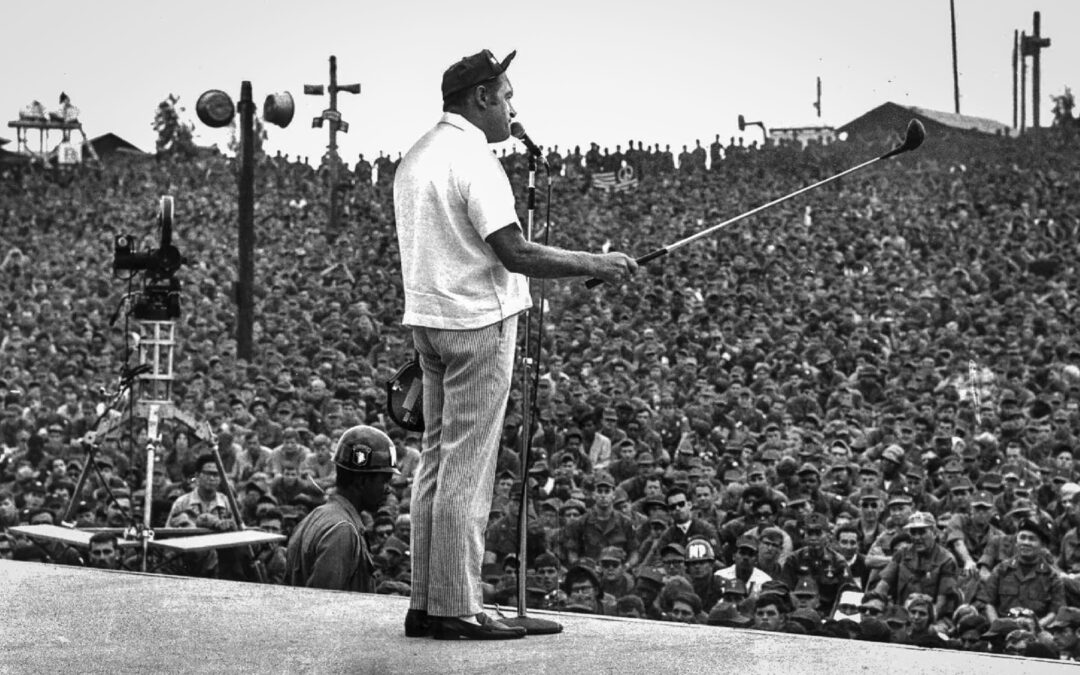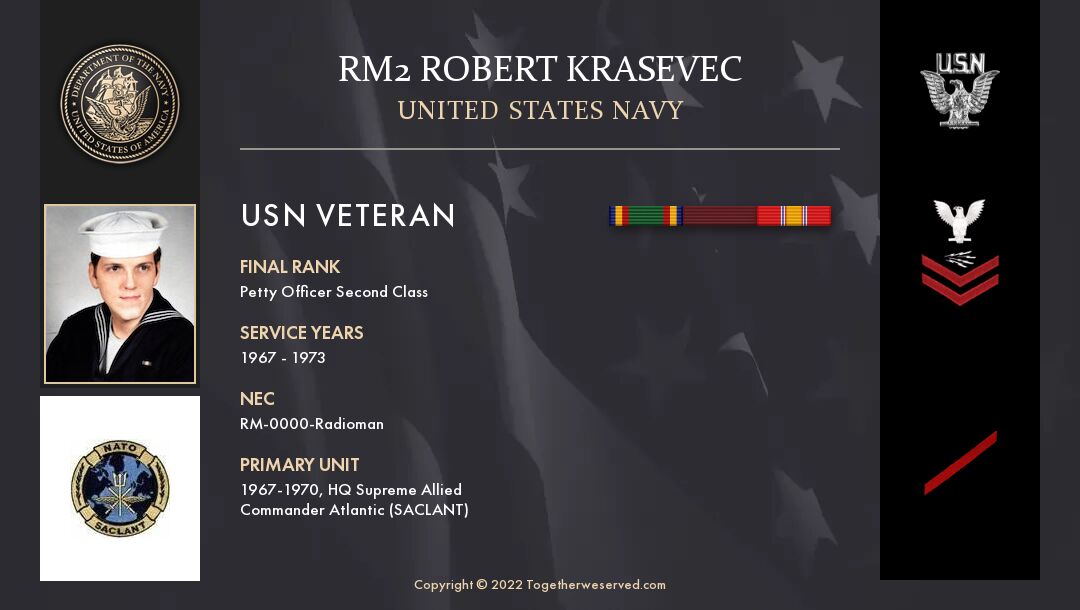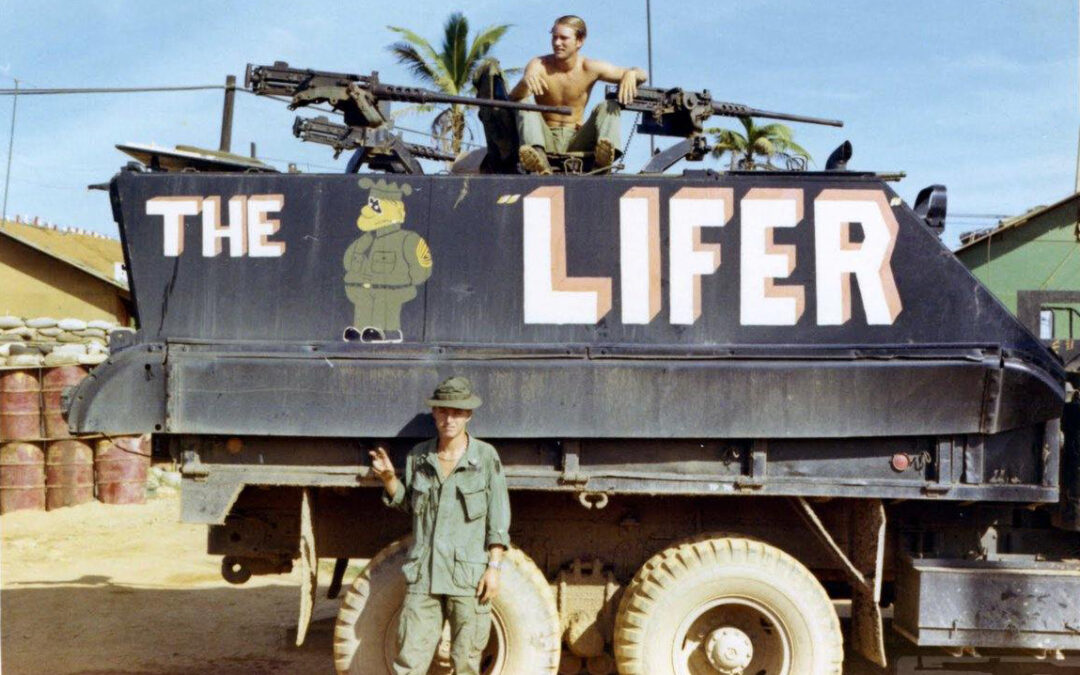My father was a WWII Navy veteran (1945-47). In 1964 – 65 I became a Cadet with the Civil Air Patrol in the Borah Cadet Squadron in Boise, Idaho, and later with the Gowen Field Cadet Squadron also in Boise, Idaho.Despite them being similarly reserved and not the type of men to brag, I could hardly wait to visit them so I could beg them to tell me war stories. The experiences they shared with me made a lasting impression during my early childhood, which further aroused my desire to serve my country.
